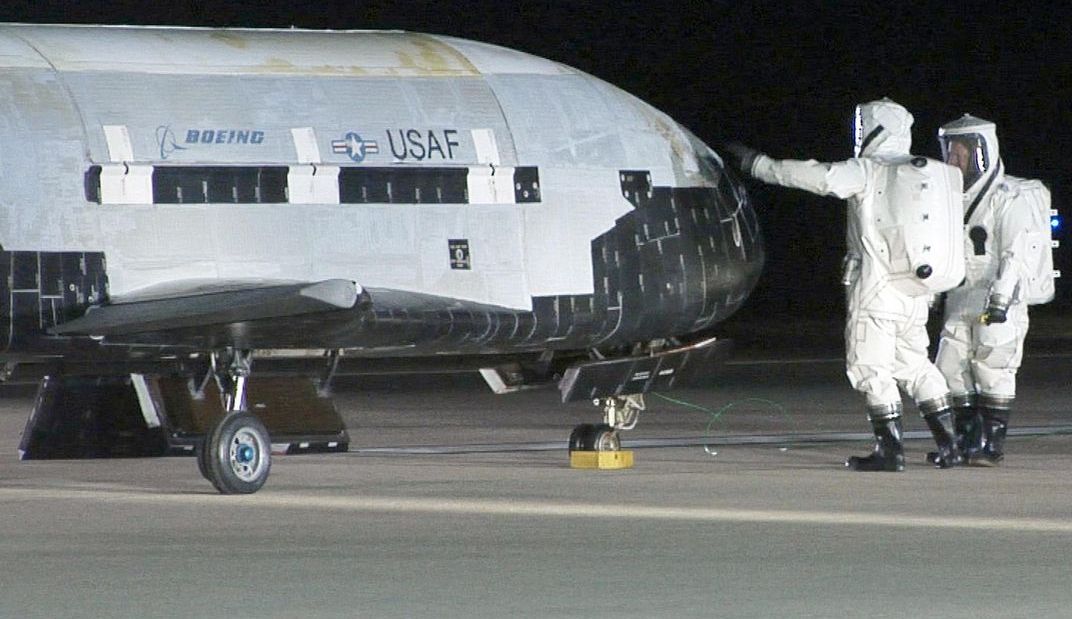
Protection against many common pathogens and environmental stressors is written into our DNA. Our skin responds to sun exposure. Our immune system mounts defenses when we get the flu. Our bodies inherently work to mitigate the potential for harm caused by these health threats. However, these intrinsic responses are not always quick, robust, or appropriate enough to adequately defend us from harm, which is why many people experience sunburn after intense sun exposure or suffer severe symptoms, even death, following exposure to the flu.
Military service members, first responders, and civilian populations face threats far more severe than sunburn and respiratory infections. Pathogens with pandemic potential, toxic chemicals, and radioactive materials can all quickly and powerfully overwhelm the body’s innate defenses. And though significant public and private investment has been focused on the development of traditional medical countermeasures such as drugs, vaccines, and biologics to guard against the worst effects of these health threats, current countermeasures are often limited in their effectiveness and availability during emergencies.
DARPA is looking to make gains beyond the status quo. Inspired by recent advances in understanding of when and how genes express their traits, DARPA’s new PReemptive Expression of Protective Alleles and Response Elements (PREPARE) program will explore ways to better protect against biological, chemical, or radiological threats by temporarily and reversibly tuning gene expression to bolster the body’s defenses against – or directly neutralize – a given threat.
Read more









